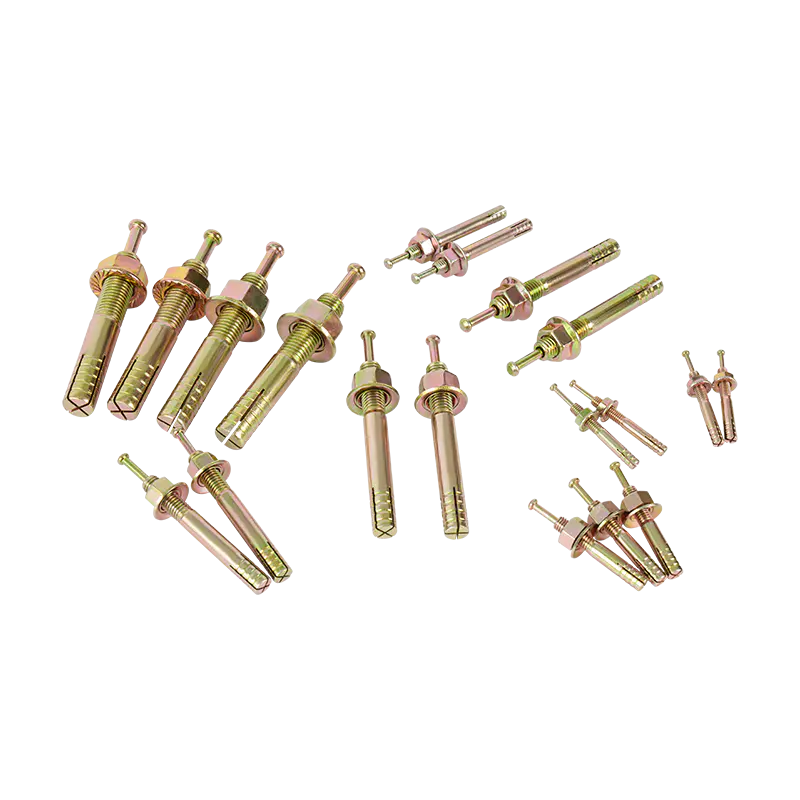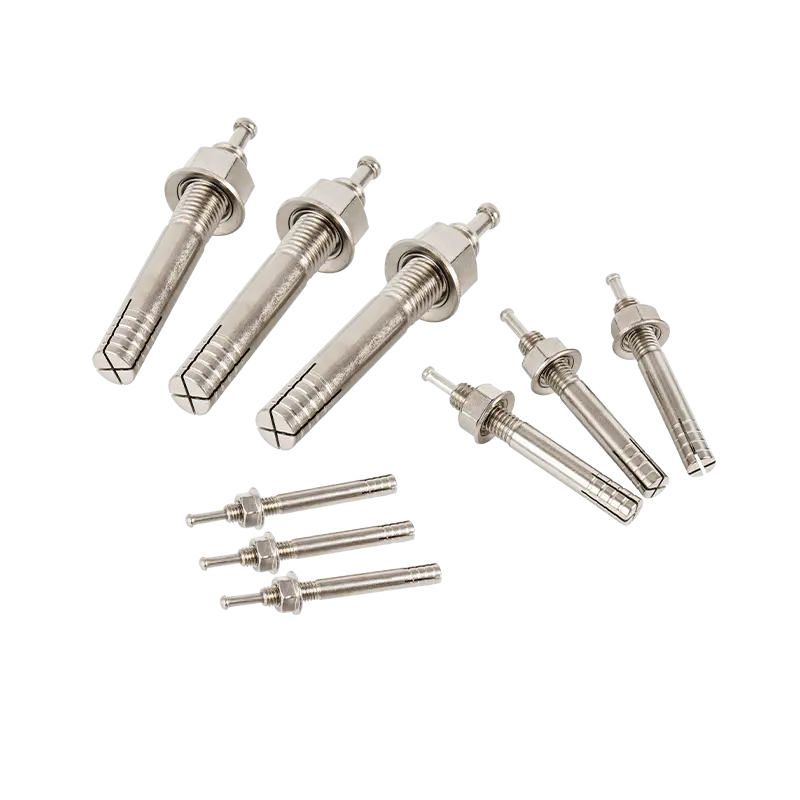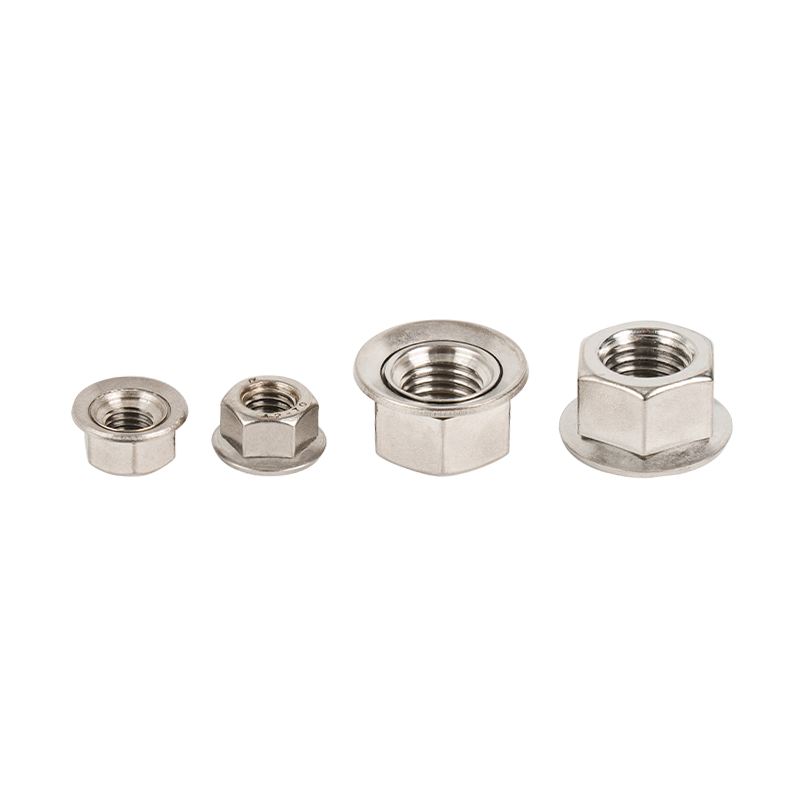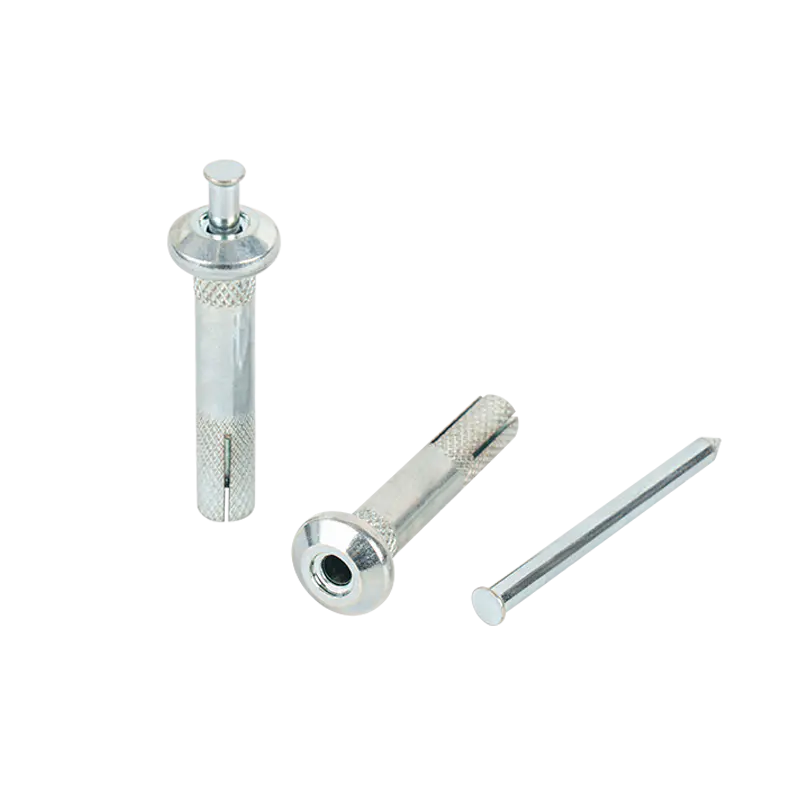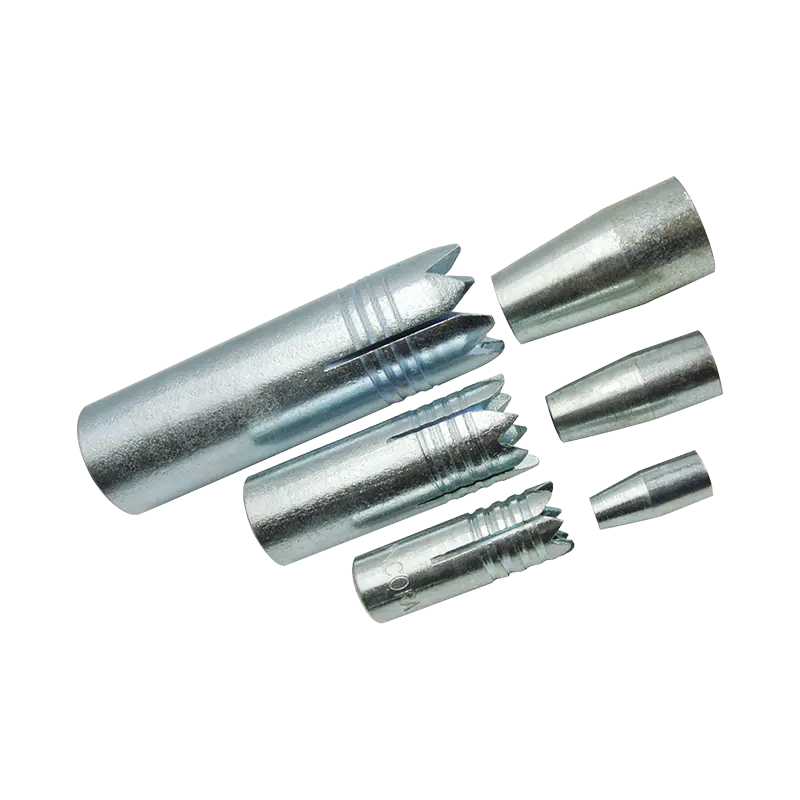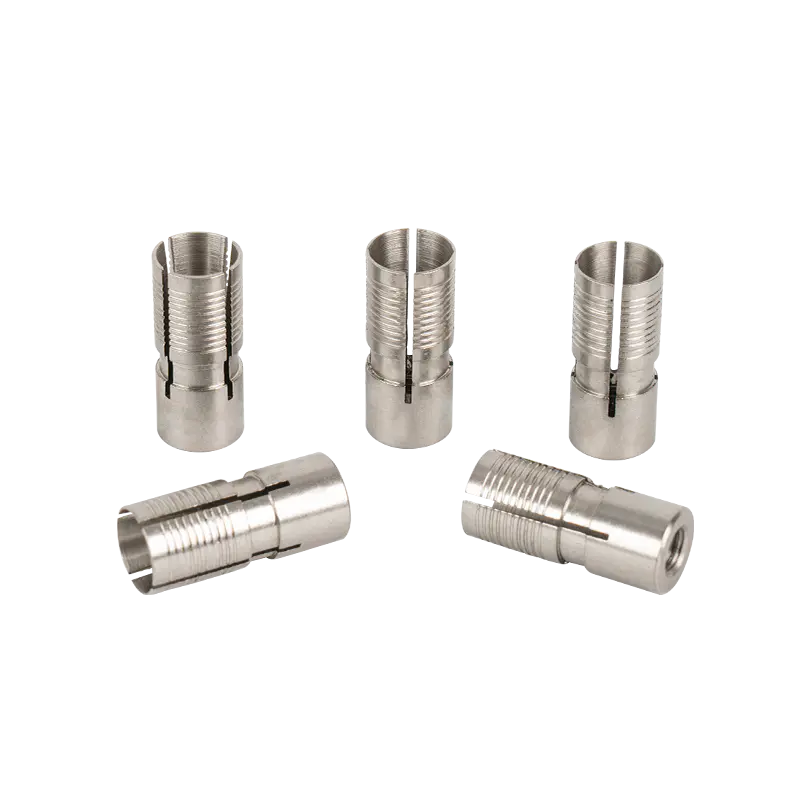Does Temperature Affect Strike Anchor?
2025-07-24
Strike anchors, commonly used in construction to secure fixtures to concrete, masonry, or other substrates, rely on precise engineering for reliable performance. Temperature variations—whether from seasonal changes, environmental conditions, or operational heat—can significantly influence their effectiveness. This article examines how temperature impacts strike anchors, drawing from material science, installation practices, and performance testing to provide a comprehensive guide for professionals. By understanding these factors, engineers and installers can mitigate risks and ensure structural integrity.
Material Properties and Thermal Expansion Strike anchors are typically manufactured from metals like carbon steel or stainless steel, or polymers such as nylon, each with distinct coefficients of thermal expansion. As temperature increases, materials expand; conversely, cooling causes contraction. For instance, steel expands approximately 0.0000065 inches per inch per degree Fahrenheit (°F), which may seem negligible but accumulates over large temperature swings. In anchored systems, this differential expansion between the anchor and the substrate (e.g., concrete) can induce stress. If mismatched, it leads to micro-cracks, reduced bond strength, or even premature failure under load. Laboratory studies confirm that cyclic temperature changes accelerate material fatigue, particularly in high-stress applications like seismic zones. To counter this, selecting anchors with compatible thermal properties for the environment is advised, though specific designs should align with industry standards like those from ASTM International.
Installation Challenges and Temperature Effects Temperature fluctuations during installation pose immediate risks. For example, installing anchors in cold weather (below 40°F or 4°C) can cause brittleness in polymer components, increasing the likelihood of cracking during insertion. Conversely, high temperatures (above 100°F or 38°C) may soften adhesives or cause over-expansion during setting, compromising the anchor's grip. Field data indicate that a 50°F shift from installation temperature can reduce pull-out strength by up to 15% due to residual stresses. Best practices include monitoring ambient conditions and adhering to manufacturer-specified temperature ranges for installation. Pre-conditioning anchors to match substrate temperature helps minimize differential movement, while using calibrated torque tools ensures consistent force application regardless of thermal variation.
Performance and Long-Term Durability Under operational loads, temperature extremes affect strike anchors' load-bearing capacity and service life. Elevated temperatures accelerate corrosion rates, especially in humid environments, weakening metal anchors through oxidation. Low temperatures embrittle materials, reducing impact resistance and increasing susceptibility to shock loads. Testing protocols, such as those in EOTA guidelines, demonstrate that anchors exposed to repeated thermal cycling show diminished fatigue life, with failure rates rising by 20-30% in uncontrolled environments. For critical applications like bridge supports or industrial machinery, engineers must account for thermal loads in design calculations, incorporating safety factors to accommodate potential temperature-induced deformations. Regular inspections for signs of stress, such as elongation or cracking, are recommended to maintain reliability.
Environmental Considerations and Mitigation Strategies In outdoor or extreme climate settings, temperature effects are amplified. Anchors in desert regions face daily thermal swings that can exceed 100°F, while arctic installations contend with sub-zero conditions causing ice formation and substrate shifts. Research from civil engineering institutions highlights that temperature-induced movements contribute to up to 10% of anchor failures in such environments. To enhance resilience, consider passive solutions like thermal breaks or insulating materials to buffer anchors from direct heat sources. Additionally, predictive modeling during the design phase—using historical climate data—can optimize anchor selection and spacing. Always consult relevant building codes, such as IBC requirements, to ensure compliance with temperature-related safety margins.
Temperature undeniably affects strike anchors through material expansion, installation integrity, and long-term performance. Professionals should prioritize environmental assessments and rigorous testing to safeguard against thermal risks, ultimately fostering safer and more durable constructions. For further guidance, refer to standardized engineering resources without relying on anecdotal evidence.

 English
English 日本語
日本語
